15 Types of Kale to Get Your Greens From Garden to Plate
Author: Jen Worst | Editor: Omar Alonso
Review & Research: Jen Worst & Chris Miller

All of the various types of kale are usually plants with squiggly leaves that look like they have been crumpled like paper, though some have flat leaves as well. They tend to have a pretty strong taste that makes getting in your greens enjoyable.
You will soon grow to love the crunch in them even if you don’t become a fan of the texture immediately. Or you can saute or boil it soft, which is why kale is a wonder food, not only in nutrition but flexibility in cooking.
Kale contains a ton of vitamins - A, B6, C, and K. It has copper, calcium, manganese, and potassium as well. You can find a variety of types of kale on the market, and we’re discussing them below. These leaves belong to the same family as cabbage, Brussel sprouts, broccoli, etc.
15 Types of Kale
As a descendant of wild cabbage, kale has been grown and consumed for almost 4,000 years all around the world. Here are some of the freshest and most different types of kale that you should immediately run to try out.
Curly Kale
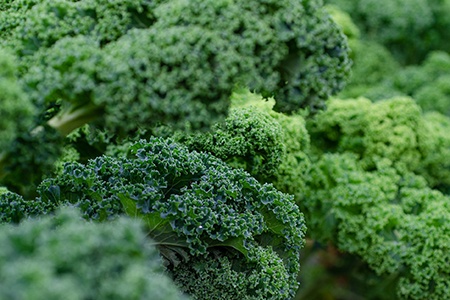
When you go into a grocery store and see kale in the aisle, there’s a very good chance that you’re looking at curly kale. These leafy ruffles are incredibly popular, and they are very widely consumed.
If you’re eating them for the first time, you might be a bit taken aback because it has a peppery, bitter taste to it that quite surprises the untrained taste buds.
The textured leaves will leave a unique sensation in your mouth that might become a favorite for you, just like it did for me.
Curly contains a lot of nutrients. It has a high concentration of vitamin B6, vitamin K, C, and B. Then there’s potassium in it and a good number of antioxidants as well. The fibers in kale make it really good for your gut.
Oh, did we say that it has more vitamin C than an orange? Well, now you know. Kales come with many benefits; so, there’s no reasonable way you could skip eating them.
Now, we’d like you to try out one recipe - curly kale chips. The recipe is very easy, quick, and simple. If you don’t love it already, you definitely will once you try it. Please give it a go! You can always put kale in salads for a good crunch as well.
One tip we’re going to give you for working with curly kale is to remove the stiff stems from the middle and rub the leaves with some citrus juice (lime would do) so that the leaves soften up a bit.
Lacinato Kale
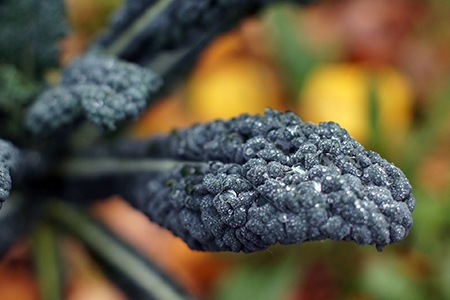
These types of kale are biennial leafy greens that are native to Asia Minor and the Mediterranean. It is an internationally recognized exotic vegetable, sometimes referred to as Tuscan Kale and Dinosaur Kale.
Kale tastes quite good with pasta, pizzas, and salads too. Its use is prevalent in Italy, Germany, Sweden, Finland, and so on.
Kale is available during the cool months of spring and fall. Other names for lacinato kale are dinosaur (dino) kale, black cabbage, black palm, black kale, and so on.
These are usually 2 - 3 feet high. The dark green leaves have a slight tinge of blue in them that gives them a very intense appearance. The intensity is indeed present in the taste as well.
But if you have ever tasted curly kale, you will find dino kale to be slightly more delicate on your taste buds and a bit sweeter, too, in comparison.
There is an earthiness to the taste, which makes it quite an irreplaceable and cherished component of the simpler practices of the culinary arts.
The preparation of Lacinato kale requires a simple blanching at first, followed by sauteing with a mix of some complementing components.
In each serving of 85 grams of kale, there are only about 20 calories. Minerals available are calcium, iron, and potassium. It also has sulfur in it, which is known to improve liver and joint health significantly.
Chinese Kale
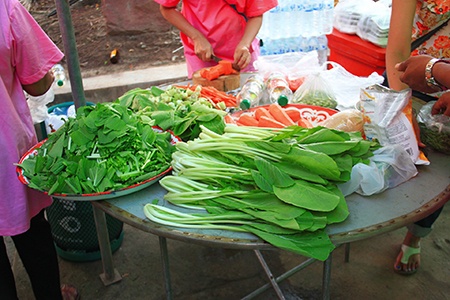
These kale types are not nearly as kale-looking as the ones we have been discussing. If you’re thinking about crinkly leaves, you’re very wrong. Chinese kale is also called Chinese broccoli or Jie Lan, and these leaves are pretty smooth in appearance.
They are very flat and thick. Their surface is glossy, and the color of the leaves is a beautiful bluish-green.
Their name has been juxtaposed with most types of broccoli because these leaves are also found in florets that spread out slightly, giving them a bouquet-type appearance.
The stems of these leaves are thick, but they aren’t that tough. You shouldn’t eat this raw, but don’t overdo it with the types of spices either. Just blanch it lightly in your frying pan.
Eat them with very little being done to them, and you’ll be able to appreciate the authenticity of their taste to the fullest. Blanched leaves of the Chinese kale are much easier on the taste buds because they aren’t too bitter like other types of kale.
They become sweet, crunchy, and yummy! The stems are a bonus because they have none of the bitterness and all of the deliciousness with that perfect crunch factor.
Red Kale
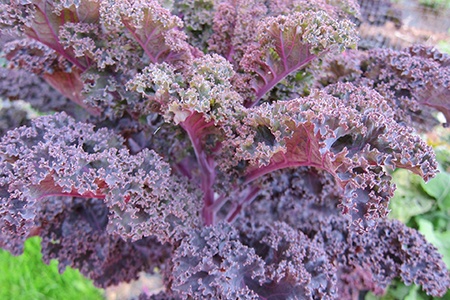
The red color of the red kale comes because of changes in the temperature. Red Kale grows better in sunny places. They will grow to about 36 inches in height.
Red Kale has a darker hue of magenta on some of its parts during winter. Sometimes it's known as Red Russian Kale and Scarlet Kale. It's a great addition to whatever types of gardens you're maintaining.
If you’re wary of having kale because of its nutritious value, but you aren’t sure about whether you’d like it, then we suggest you start with red kale. It is the sweetest-tasting kale among all, so that you can use it directly in salads as well. It’s pretty safe.
There are a lot of vitamins A, C, and K in red kale. Some antioxidants and anti-inflammatory components are also found in it.
Walking Stick Kale
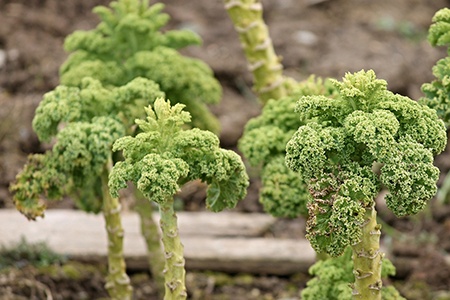
Other names for these types of kale are Jersey Cabbage, Cow Cabbage, and Tall Jacks. It got its peculiar popular name because of the fact that it grows to a whopping height of 6-12 feet.
The origin of the walking stick kale is in Europe. These are really fast-growing plants.
The ideal temperature for them is below 20 degrees. But if the temperature drops too low, then the kale will become all the more enriched in flavors.
There isn’t enough characteristic crunch in them for making chips with. But they are great for decoration and for incorporating into salads.
Also, their stalks are very tough, so never eat them. Many native people break them off and use them as canes while collecting the leaves.
Premier Kale
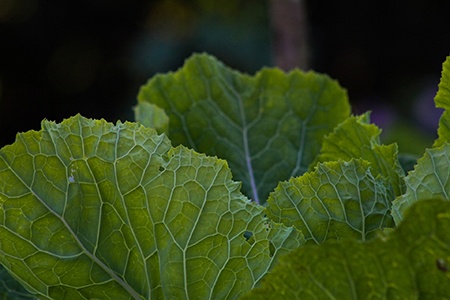
Often referred to as Early Hanover Kale, this variety of kale is among the most recently developed. The improvements over other types of kale include a hardiness to help resist cold temperatures, the ability to mature earlier, and an increased yield.
The smooth, medium-green leaves with their scalloped sides can reach up to a foot in length. It's packed full of antioxidants, too. It has quickly been considered one of the most flavorful kale varieties available.
Siberian Kale
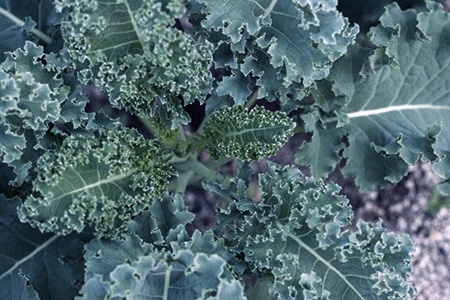
Another of the kale types that, which should be obvious by the name, is able to resist low temperatures is Siberian Kale. It's also resistant to pests, which makes growing it a much easier job.
However, you should be aware that it's as closely related to turnips as it is to the other types of kale, so be prepared for a different texture and flavor palette than expected. You could even use this kale as a turnip substitute, if the flavor is all that matters. Their grayish-green ruffled leaves have a much milder taste, but it's the texture that throws people off.
This plant also produces yellow flowers, from which seeds are collected and used to create rapeseed oil. Despite being one of the most different types of kale, this one goes the distance in usefulness, edibility, and ease of growing.
Tronchuda Kale
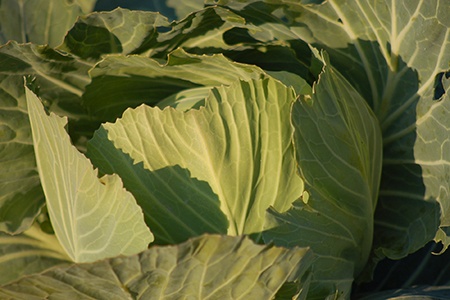
Tronchuda is one of the least common kinds of kale. Hailing from Portugal, you can tell just by its visual appearance that it's unique among the bunch. The leaves are round and soft while taking on a bluish-green coloration.
Rather than sauteing in olive oil, these are used more often in smoothies or in juicing because the leaves are soft enough to not create a problematic texture when drinking. It's not super popular because it's not readily available, but it's as good as any of the other kale varieties in my book.
Redbor Kale
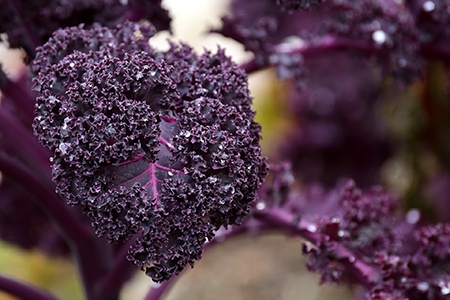
Of the different varieties of kale, this one is probably not going to be your favorite to taste, but it's something else to look at. It's kind of an ornamental kale, with deep red leaves that become very curly with frilly, decorative edges that make it the perfect choice for the visual types of garnish.
It's packed with all of the nutrients you'd expect. It just doesn't end up tasting as good or having a palatable texture like the others. You can still soften it up to add to your salads or soups, especially if you enjoy an earthy, nutty type flavor.
Baby Kale
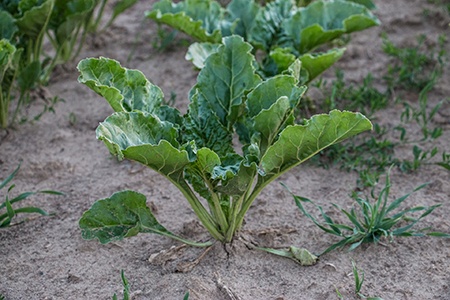
These types of kale are talked about as if they're different, but they're not. They're just kale harvested before full maturity. This reduces the full strength of the flavor, which can be overwhelming, while also providing a softer texture.
When you're at the grocery store and you see kale, it's most likely these kale varieties. It looks like your average, typical kale which is an easy sale. It can be grown year round and is harvested early, so it's pretty efficient for farmers and the rest of us alike.
Apparently ancient Egyptians and Romans were already harvesting baby kale to enjoy on their salads and other dishes.
Scotch Kale
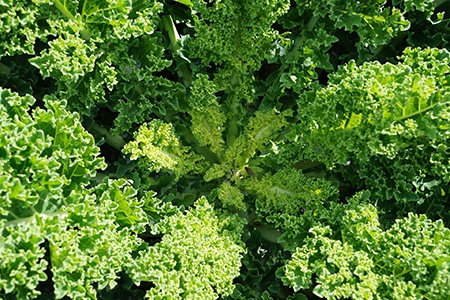
A type of curled kale, Scotch Kale may be called 'Blue Curled Scotch Kale' or even 'Vates Kale'. You'll recognize it by it's blue and green leaves that curl up more than average on their edges. Typically at full maturity it still comes in under two feet tall.
Salad Savoy
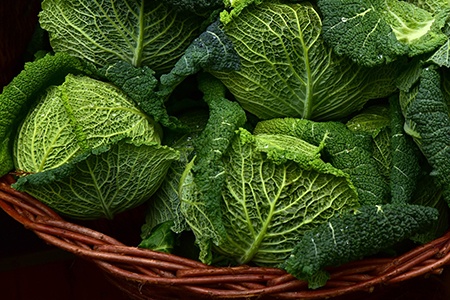
Salad Savoy is one of the hybrid types of kale, this time mixed with brassicas such as types of cauliflower and cabbage. Growing them is not much different than knowing how to grow brussels sprouts.
The mature plant boasts a very dense head that will have pink, red, green, and white leaves within it. It grows directly on the ground like a head of cabbage.
To the taste it's mild and earthy, making it suitable for nearly any kind of dish, whether steamed, fried, or used in a salad or wrap. It's soft enough that the texture doesn't turn anyone away.
Portuguese Kale
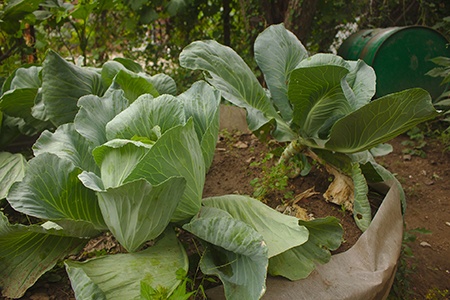
These rare and different kinds of kale, like Tronchuda Kale above, come from Portugal and feature in dishes from the region like caldo verde and caldo gallego. Watching Portuguese Kale grow is interesting, because first it spreads out its leaves like collard greens.
But soon these outstretched leaves curl back inward around the center like you see in cabbage. This helps it to be tolerant to the head, easy to harvest, and it's sweet flavor and tender leaves make it pleasant to cook and eat.
Ornamental Kale
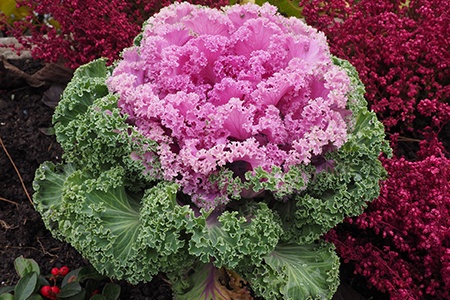
Sometimes referred to as Flowering Kale for some weird reason (since these don't produce flowers), Ornamental Kale is grown simply to look at and enjoy their unique appearances. Their textures and flavors aren't desirable for cooking.
Most of the time you'll find cabbage-like options with colorful leaves ranging between magenta to pink, growing low to the ground to bring some color to your garden. Some people enjoy growing them in containers.
Growing ornamental kale is as simple as knowing how to grow cauliflower. There's no reason not to bring this beautiful option into your own gardens and flower beds at home.
Dwarf Blue Curled Kale
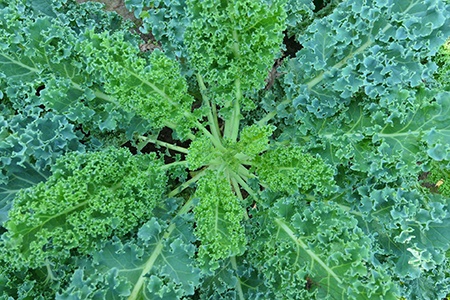
Among the more plain looking kale types, the Dwarf Blue Curled Vates Kale is incredibly attractive in the autumn season. It's compact and dense, with each head being surrounded by extremely curly, green-blue leaves.
Types of Kale for Every Meal
If you aren’t excited about veggies, you should at least try out kale chips - there are so many benefits to kale, but the unusual taste is what attracts people to it.
All you gotta do is find some good kale recipes now and fill yourself up with these nutrient-rich leaves that will positively contribute to your health. And now you know the different types of kale. Go forth and enjoy.



